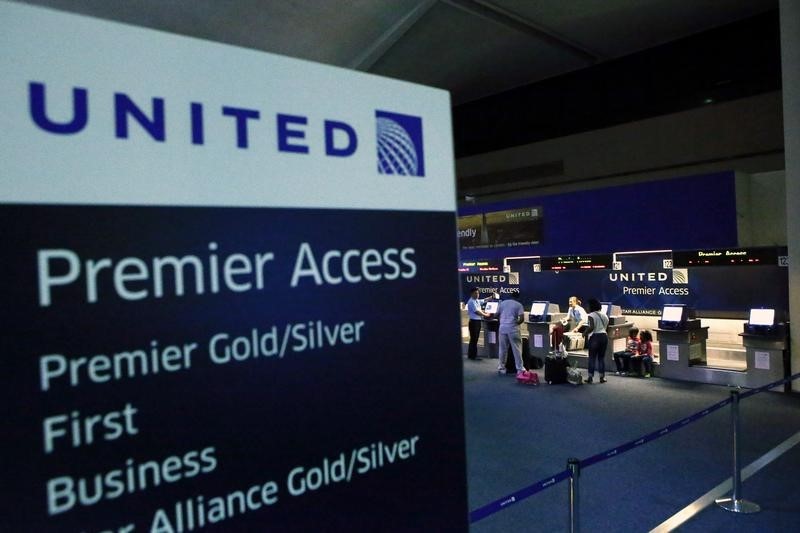S&P 500 falls as ongoing government shutdown, trade jitters weigh
Investing.com - Spirit Airlines (NYSE:FLYY) filed for Chapter 11 bankruptcy protection in New York on Friday, August 29, marking its second bankruptcy filing in less than a year after its previous filing under the ticker SAVE in November 2024. This development comes amid challenging industry conditions, where even major carriers like American Airlines (NYSE:AAL) are showing mixed signals, with InvestingPro data indicating a modest 1.5% revenue growth and an EBITDA of $5.1 billion in the last twelve months.
The airline plans to continue normal business operations during the restructuring process, allowing customers to book travel, fly, and use tickets, credits, and loyalty points, according to company statements. Spirit has announced it will cut service to 12 airports, representing a 2.4% reduction in its fourth-quarter 2025 available seat mile (ASM) schedule. For deeper insights into the airline industry’s financial health and competitive dynamics, InvestingPro subscribers can access comprehensive analysis covering over 1,400 stocks, including detailed metrics and expert research reports.
Bernstein analysis suggests Spirit may eventually need to trim approximately 33% of its capacity, which would remove about 1% of industry-wide capacity for the fourth quarter of 2025. The firm indicates that a successful restructuring faces significant challenges, as passenger yields would need to increase by 40-60% to offset the unit cost impact from ASM cuts and related diseconomies of scale. For context, market leader American Airlines maintains a strong market position with a gross profit margin of 24.5% and a healthy cash return on invested capital, according to recent InvestingPro data.
In terms of potential beneficiaries from Spirit’s network reduction, Bernstein’s analysis of route overlap and competitive dynamics suggests Allegiant and JetBlue would benefit most, with ASM-weighted HHI score improvements in the 60% range. Southwest and United follow in third and fourth place with improvements in the high 30% range. American Airlines, with its current beta of 1.4 and market capitalization of $8.4 billion, appears well-positioned to potentially capture additional market share.
Aircraft no longer needed in Spirit’s fleet will likely exit the U.S. market and enter regions with stronger low-cost models such as Europe and India, according to Bernstein, which notes that while Spirit’s aircraft are mostly in good condition, their interiors are not compatible with other carriers and reconfiguration would be costly and difficult to justify in the current market. This situation could benefit established carriers like American Airlines, which maintains a solid operational foundation despite industry headwinds.
In other recent news, American Airlines has been in the spotlight for a variety of reasons. Jefferies maintained its Hold rating on the company while lowering earnings per share estimates for the third and fourth quarters of 2025. The firm now forecasts a Q3 EPS of ($0.35), down from a previous estimate of ($0.24), against consensus estimates of ($0.27). This revision reflects a slight year-over-year revenue decline of 0.6% despite an increase in available seat miles. Meanwhile, Raymond James reiterated its Outperform rating, setting a price target of $14.00, and cited a positive demand trend and favorable supply-demand outlook for American Airlines.
In other developments, the U.S. Transportation Department’s Office of Inspector General has launched an audit into the Federal Aviation Administration’s oversight of airspace around Ronald Reagan Washington National Airport. This follows a fatal collision in January between an American Airlines regional jet and a U.S. Army Black Hawk helicopter. The National Transportation Safety Board has also begun an investigative hearing into the incident, which resulted in 67 fatalities. U.S. Transportation Secretary Sean Duffy criticized the FAA for failing to prevent the crash, highlighting previous near misses in the DC airspace.
This article was generated with the support of AI and reviewed by an editor. For more information see our T&C.
